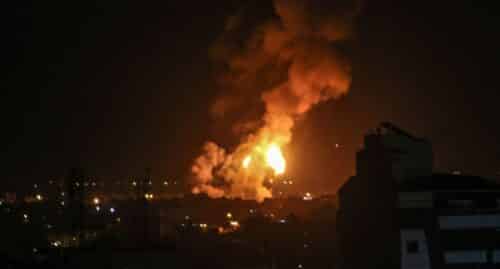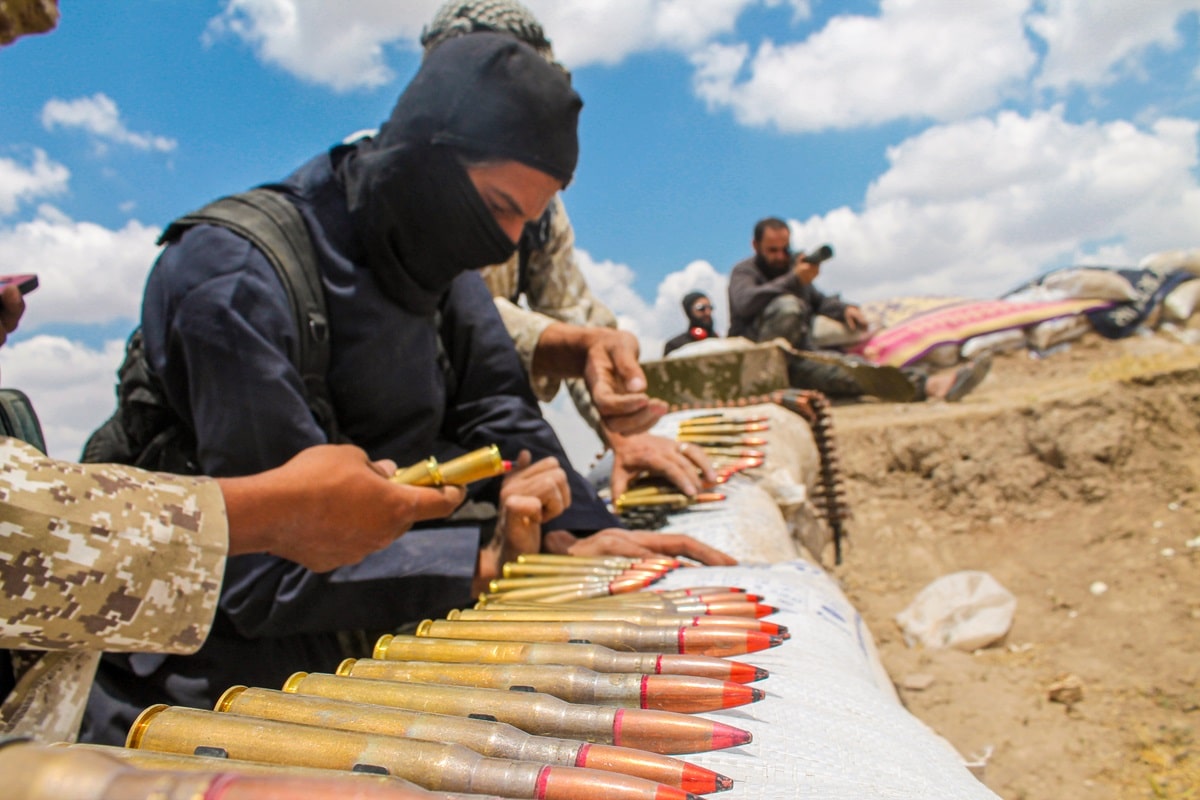
IDSF’s ultimate goal is to ensure Israel’s security for generations to come. Two central understandings underpin this goal: The first is that the security of the State cannot exist in a vacuum; rather, it depends on an extensive system of political, economic, and social factors. The second understanding is that in order to make informed decisions, it is necessary to build a broad strategy that is based on the past and looks to the future.
These understandings have led IDSF to formulate a clear national vision based on in-depth research and touching on all the areas that shape Israeli society. In this article, researcher Eran Lahav will focus on the organizations waging global jihad. He will detail the ideological and practical distinctions among the various organizations, explain how the current war influences their activities, and explain why Israel and the western nations must cooperate against the threat in its increasing severity.
Background — The global jihad organizations: An overview
Global jihad is a general term covering the various branches in a network of radical Islamic organizations that call for total war against the infidels and for establishing a worldwide Islamic caliphate.
In order to understand how global jihad emerged, it is necessary to revisit the 1960s. In that decade, Egyptian ideologue Sayyid Qutb published a call to action explaining why western culture must be combatted. Qutb’s opinions strongly influenced the Muslim world — notably including Palestinian Sheikh Abdallah Yousuf Azzam, who today is considered “father of the jihad.” Azzam was a senior figure in the Muslim Brotherhood and subsequently founded Al Qaeda, which today remains one of the most significant jihadi organizations. Azzam is also considered the mentor of Osama bin Laden; he played an important role in nurturing that arch-terrorist.
Since then, the global jihad organizations have multiplied. Today hundreds of organizations fit the definition, and they operate all around the world. Over the past 40 years, those organizations have committed roughly 50 thousand terror attacks, spanning many countries, and brought death to thousands of innocent people.
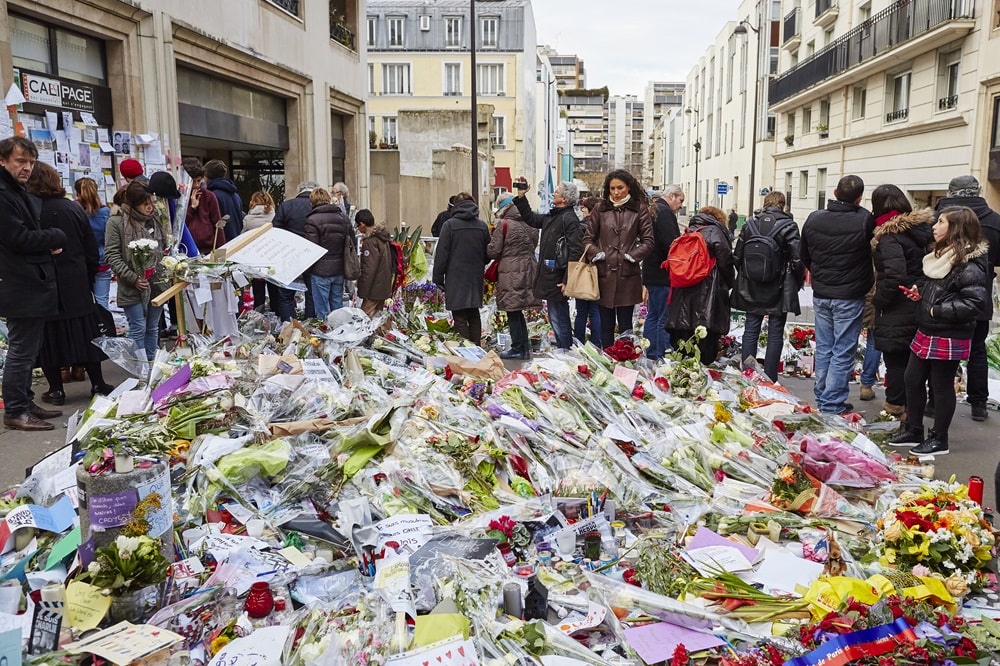
Most of the global jihad organizations are composed of Salafi Sunni operatives. The Salafi movement, or Salafism, is a radical Islamic movement that venerates the “salaf” — the primal forefather. According to the Salafists, Islam was at its best in the days of the Prophet Muhammad and of the first caliphs, and so the Salafists wish to bring modern Islam as close as possible to the spirit of those times. In order to reach their goal, the organizations embrace jihad — an important concept that comprises two aspects. They believe that there is the greater jihad, which is the spiritual battle within each individual, and there is the lesser jihad, which is the war in defense of Islam against the infidels. From the western world’s point of view, the lesser jihad is in practice the greater jihad, the one that confronts us in the form of murderous terror attacks.
Among the global jihad organizations, despite their ideological similarity and shared objective, there are palpable differences and even rivalries.
The two largest and most significant jihadi organizations active in the world today are Al Qaeda and ISIS (the Islamic State). Although ISIS arose from within Al Qaeda, the two organizations are fiercely hostile and they battle one another.
One reason for their conflict is the desire for primacy, as each organization wishes to be the world’s largest and most significant.
Another reason concerns ideology, and more specifically the way in which the organization interprets the concept of the “infidels.” To ISIS, even the Shiite Muslims fall within the category. In contrast, although Al Qaeda is a Salafi Sunni organization, it is not at war with the Shiites. In fact, during recent decades Al Qaeda has cooperated with Iran, which is very much a Shiite state, and in fact Al Qaeda’s present leader, Saif al-Adel, is widely believed to be currently in hiding inside Iran.
Who versus who?
Both ISIS and Al Qaeda operate under a system of decentralized forces, maintaining branches and cells all over the world. The central branch of ISIS today is ISIS – Khorasan Province. That branch is responsible for the attack at the Moscow concert hall and poses a threat throughout Europe.
In Al Qaeda, one of the main branches is Al-Shabaab al-Mujahideen, which operates in Somalia. It is a strong organization, the source of many problems. Recently it has started cooperating with the Houthis in Yemen and, by doing so, with Iran as well.
Al Qaeda also enjoys support from various regimes, most prominently the Taliban of Afghanistan. Some members of Al Qaeda also hold various positions in the Taliban administration; thus cooperation between those forces is full and continuous. The cooperation angers ISIS in particular, because ISIS considers the Taliban infidels.
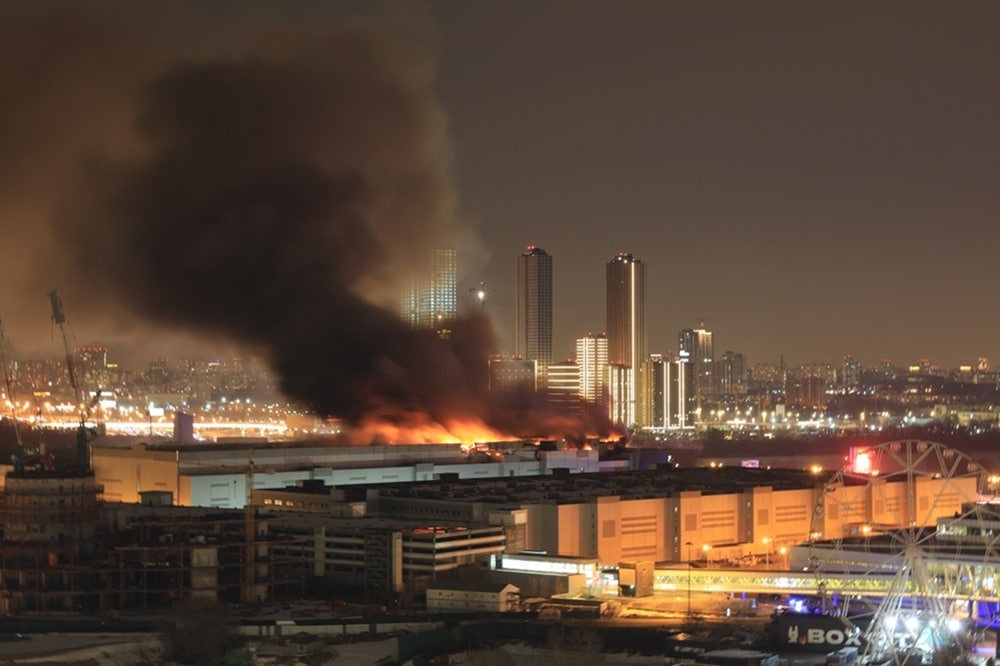
Global jihad and the regional terrorist organizations
A common question is whether Hamas and Palestinian Islamic Jihad (PIJ), which operate in Gaza, are also considered global jihad organizations. The short answer is no. The long answer is that rather than being Salafi, Hamas and PIJ follow the ideology of the Muslim Brotherhood. Although they hope, like the global jihad organizations, to establish an Islamic caliphate and gain control of all the western nations, they are willing to approach that objective more gradually.
Hamas sees itself, odd though this may seem, as a pragmatic organization, and so it is prepared to negotiate with the “infidels” in order to advance its agenda. Negotiations with the West and with Israel would never be acceptable to organizations of the global jihad.
Moreover, Hamas and PIJ include an element of nationalism stronger than their universalism. Their foremost objective is to destroy Israel as a Jewish state and replace it with a Palestinian state; and only afterward would they find occasion to establish a worldwide Islamic caliphate.
Hamas and PIJ also differ from the global jihad organizations by their affinity to Iran. Although they are Sunni organizations, Hamas — and PIJ even more so — cooperate with Shiite Iran in pursuit of their shared objective: the destruction of Israel. Such cooperation would be unacceptable to most global jihad organizations, and especially to ISIS and its branches.
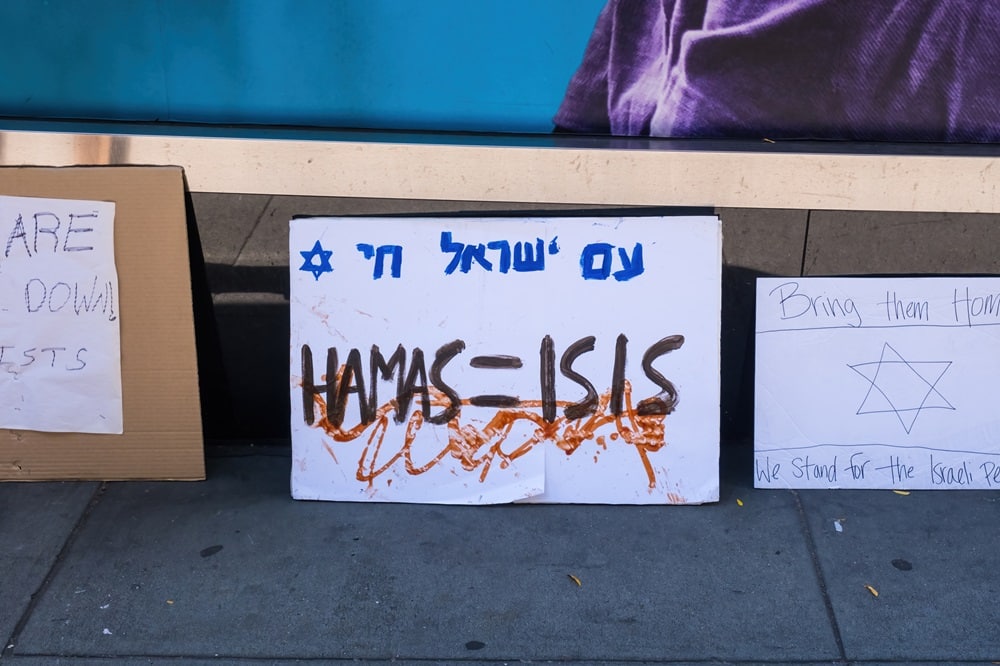
Which is more dangerous, global jihad or Iran?
To Israel, Iran is definitely the primary threat at the doorstep today. But as evidence below will show, the global jihad organizations too may certainly rise up against Israel.
For the western nations, both threats are matters of life and death. They both need to be removed promptly. But unfortunately, just as the world is hesitant in handling the Iranian threat, the global jihad threat is also being handled far from satisfactorily.
Eran Lahav — The vision for dealing with the threat of global jihad
Understanding the jihadi ideology
The current situation:
The western world has repeatedly suffered harm from the global jihad organizations, but its view of the ideology motivating them remains mistaken. The countries of North America, and more so the countries of Europe, have difficulty understanding why a Somali or Syrian immigrant, having received privileges and resources and a significantly better life, would choose to attack the provider of that good fortune. Even if those countries do understand that a problem exists, they do not deeply grasp the concept of jihad and the implications behind its war against the infidels.
That incomprehension causes the West to retain a policy that has long been failing and thus continue to offer immigrants privileges and money to no avail.
Until recently, even some Israelis believed that by answering humanitarian needs or improving infrastructures, they could bring about a halt to terrorism, but after the disaster of October 7, it is clear to us that the terrorist ideology does not really soften under comfortable living conditions.
Ideally:
- Comprehending the ideology: Having stood for years on the front line against radical Islam, Israel comprehends the jihadi ideology much better than western countries do. We must convey our knowledge and experience to those countries in order to open their eyes and enable them to thoroughly understand the nature of the enemy.
- Recognizing the complexity of immigration: Certainly many of the immigrants from states in distress, and from war zones, are innocent citizens seeking only to improve their quality of life, and they are deserving. However, there must be no ignoring the many who exploit their foothold in the western countries in order to damage them from within. The damage can come not only from the immigrants themselves but also from their children who are born in the West and considered full-fledged American or European citizens. Only with a true understanding of that complex situation can the western nations contend with the dangers that immigration brings.
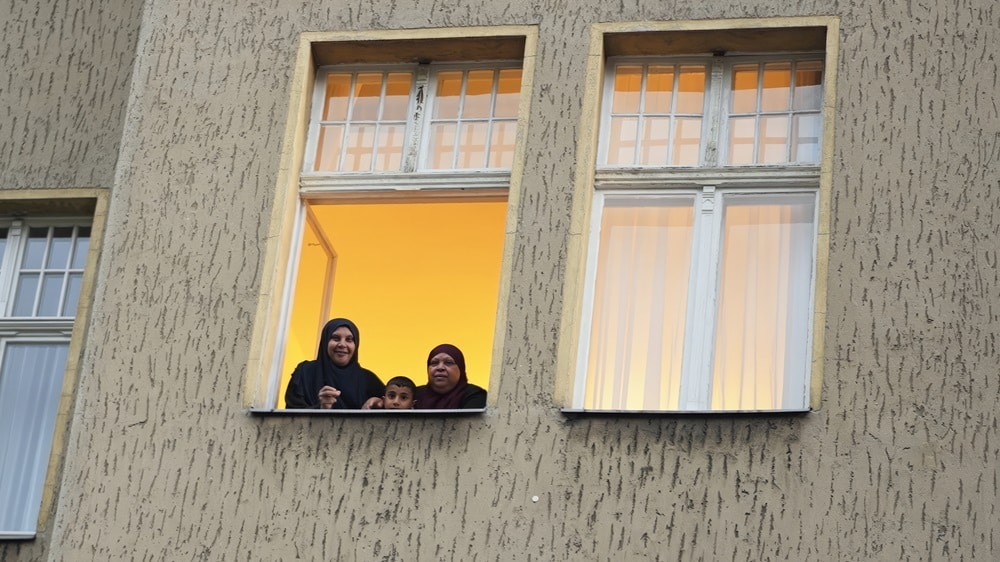
Recognizing the power of technological media and social networks
The current situation:
From their inception, the global jihad organizations have known how to exploit technology. Even photos of Bin Laden hiding in his cave, after the attack on the World Trade Center, show sophisticated technological equipment in the foreground.
Today, with many of their operatives living in North America and Europe, those organizations can all the more easily adopt western technology; and thus the problem becomes much more difficult.
Over the past decade and a half, the jihadi organizations have made extensive use of the social networks. They know how to leverage those networks effectively for propaganda and incitement. Recently, with the emergence of artificial intelligence, they have succeeded in upgrading their abilities yet further, and they use the various AI tools to create deep fake videos, to design deceptive images, and to spread disinformation. Some even operate chatbots, such as ChatGPT, that help spread slanted and exaggerated information.
Whereas global jihad organizations once distributed videos of someone reading a sermon, today they already can distribute far more attractive and persuasive content. Such content especially influences the young, and it encourages them to join the organizations’ branches, to set up cells on their own, or simply to operate as “lone wolves” and carry out terror attacks at their own initiative. And indeed, since the emergence of social networks and all the more since the development of artificial intelligence, we see that an organizational infrastructure is no longer necessary for terror attacks. One person is enough, if incited by a video to pick up a knife and act out.
Ideally:
- Not underestimating the enemy: We must understand that even while holding attitudes that seem obsolete to us, our enemy can still be clever and advanced in its operations. The global jihad organizations well recognize the power of technology, and they exploit it. Moreover, they also exploit their familiarity with western culture, and with its weaknesses, in order to focus their propaganda efforts.
- Retaining technological superiority: Israel and the western countries must retain technological superiority and make sure that they stay one step ahead of the jihadi organizations rather than vice versa. To that purpose, we must develop a more sophisticated, masterful presence on the social networks. They are an open intelligence medium that carries daily messages encouraging terrorism. Many of those messages are couched in hints between the lines, but enough effort from us can discover them too.
Follow the money
The current situation:
The global jihad organizations are very wealthy, and their wealth fuels their mounting strength. Their funds come from various sources, such as donations from activists and grants from supportive governments. These organizations also manage to pilfer more than a little western aid money intended for civilians in war zones. Some funding also derives from crime. For example, the Taliban gave Al Qaeda access to Afghanistan’s opium fields and thus Al Qaeda can profit from manufacturing illegal drugs.
The organizations also maintain trade relations with one another, buying and selling weapons and other assets — thus running an underground economy.
In recent years, the organizations have been extensively using digital currencies, and much of their money is carried through such channels. Digital currency makes the sources of the organizations’ funding much more difficult to trace, contributing further to their growing wealth and strength.
Ideally:
- Enlisting technology: Following the money can be a way to uncover a great deal of information about terrorist organizations and can even damage them financially. The western countries should continue their efforts to trace these organizations’ sources of funding, on the understanding that the organizations use advanced resources such as digital currencies. Here too, technological superiority is the key to removing the problem.
- Supervising the aid money: Just as Hamas appropriates the humanitarian supplies sent into the Gaza Strip, the global jihad organizations appropriate the funds sent to civilians in such areas as Iraq and Syria. The donor countries must exert better control over the funds that they supply. They must ensure that the funds reach the intended hands.
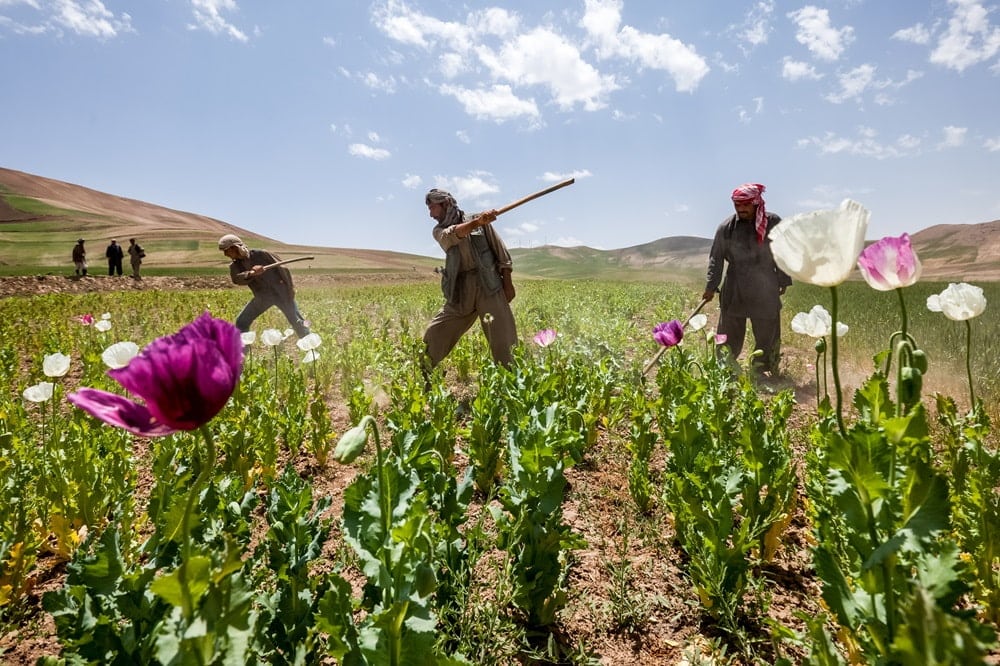
Remember that a secondary threat can become a leading threat
The current situation:
To the global jihad, Israel and the Jews are an enemy but not at top priority. For most of those organizations, the main objective is to hit at the western powers who, in their eyes, are colonialists who dethroned Islam.
Another reason for Israel’s secondary priority is that the jihadi organizations have difficulty taking root in our region. Besides having to cope with Israel’s security forces and, to an extent, with those of the Palestinian Authority, they also need to elbow the local terrorist organizations aside, primarily Hamas. It is important to understand that in the local arena, the prevailing ideology is the Muslim Brotherhood’s, which means that the global jihad organizations do not find easy acceptance.
As for Israel, just as it is not considered a top priority by global Islamic jihad, it does not rank the global jihad organizations as a top priority of its own. So it has always been, but currently as we wage a multi-front war and are forced to deal with the threat from Iran and its proxies, any confrontation with the global jihadi threat is relegated to yet lower priority.
However, it must be understood that those organizations still do wish to destroy us and that today they already enjoy a certain foothold inside Israeli territory. Although ISIS has no organizational infrastructure inside Israel, it does have operatives among the Israeli Arabs and they have even attempted to organize a ISIS cell in the country’s north. Moreover, a number of attempted terror attacks by ISIS inside Israel have been foiled, such as the April 2024 terror attack intended for Teddy Stadium in Jerusalem.
It is also important to realize that the global jihad organizations are strongly influenced by the Swords of Iron war. They see it as a springboard for a worldwide war of jihad. Since the outbreak of war, we have witnessed widespread calls for attacks against Jews around the world. Some such attacks have been foiled.
Ideally:
- Keeping a steady watch: Of course Israel must focus on its central challenge, which is Iran. But at the same time it must not forget that the global jihad organizations pose a further threat. Regarding the current war, some of those organizations, most prominently Al Qaeda, are cooperating with Iran and could certainly assume a place in Iran’s war effort. Furthermore, we have seen many times that in the unstable Middle East, a secondary threat can turn quickly into a leading threat.
- Protecting Jews worldwide: Even while the State of Israel itself is exposed to an immediate threat from the jihadi organizations, Jews are vulnerable around the world. Spurred by the Swords of Iron war, those organizations are sounding many calls for attacks on synagogues and Jewish communities around the world. We must understand that our local war can develop into a worldwide jihad, and we must take responsibility for our brothers and sisters in the Diaspora.
Building a worldwide coalition
The current situation:
The jihadi organizations are calling for total war against the infidels — including the Jews, the Christians, and even a large portion of the Muslims. This situation exposes many of the world’s citizens to the jihadi threat, and they may fall victim to terror attacks emanating from those organizations. Thus the danger applies not only to Israel and to the western nations but also to moderate Arab states such as Egypt, Jordan, and Saudi Arabia. Those nations are already suffering more than a little from the jihadi organizations, and they see those organizations as a palpable threat that could topple their regimes.
However, no worldwide coalition has yet formed to confront the jihadi threat, and as of now, most nations are trying to cope with that threat independently or in narrow cooperation.
Ideally:
- Forming a stable worldwide coalition: A coalition must be formed including all the states that are threatened by global jihad — including the USA, Canada, Western Europe, Israel, and the moderate Arab states. Only such cooperation can properly respond to the jihadi threat in terms of quantity and of knowhow and skills. The aim is to have all those states represented in a forum that meets regularly and advances the handling of the threat. It is important to understand that each state can contribute. The western states have resources and capabilities, Israel has much experience in intelligence and operations, and the Arab states bring the best understanding of the jihadi ideology and of the forces that motivate those organizations.
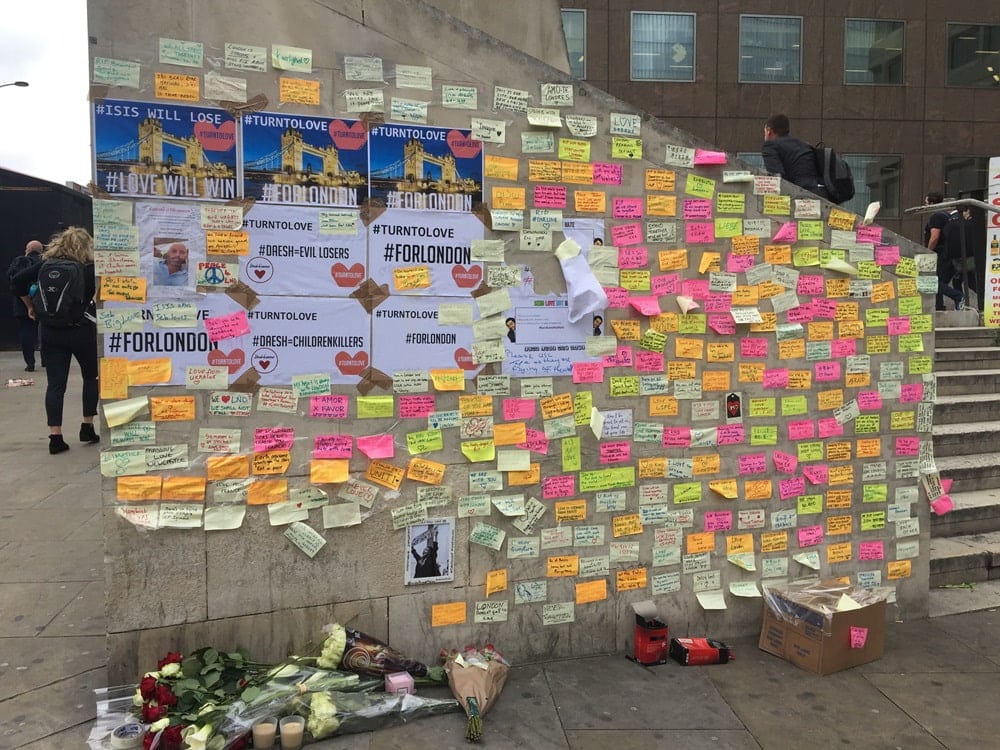
Israel and the West in the same boat — Summation and conclusions
Global jihad did not die with the elimination of Osama Bin Laden. In fact, it has only gained further power and intensity since then, and today it includes hundreds of sub-organizations active everywhere in the world. Despite the disputes and rivalries between the organizations, they all share the goal of wiping out the infidels and establishing a global Islamic caliphate.
In order to be tackled, the global jihadi threat must first be understood. Most western nations still have difficulty absorbing an in-depth understanding of jihad as a concept, and they tend to underestimate the enemy who stands before them. Having learned from experience, Israel should help the western nations understand that the jihadi ideology is more powerful than any economic incentive, and Israel should make it clear that this is a clever enemy in possession of the most highly advanced technological abilities.
Thus we must work to create a strong worldwide coalition. After all, the declared objective of the global jihad organizations is to exterminate whoever is not a Salafi Muslim. So Israel, the West, and even some of the Muslim nations are all in the same boat.

